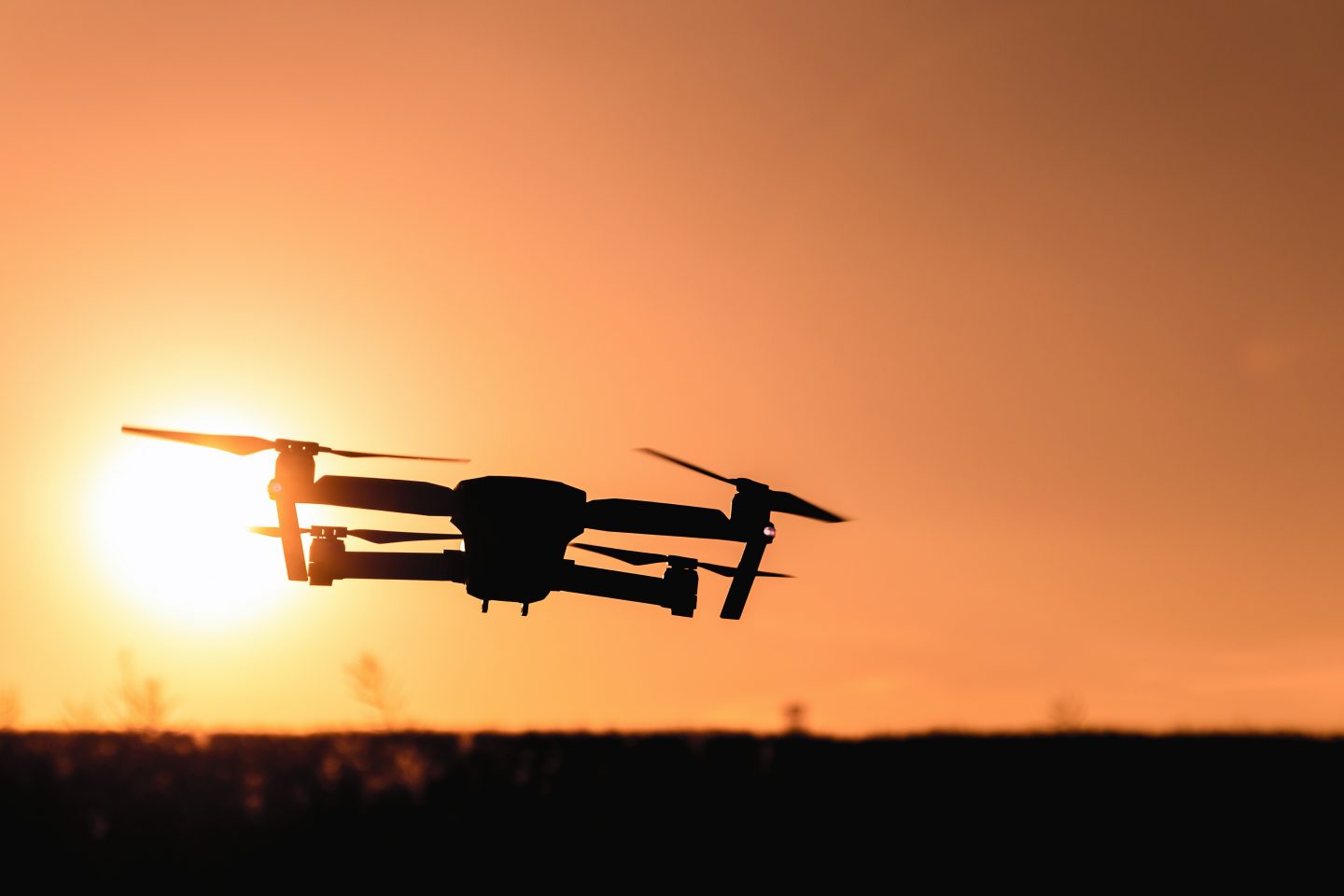PARSEC sectors: Energy, Environment, Food
Application fields: Energy & Natural Resources, Industrial, International Bodies, Managed Living Resources, Public Authorities, Services
Keywords: agriculture, drone, HAPS, monitoring, pseudo satellite, RPAS, satellites, technology, telecommunications, UAV, zephyr
Drones are increasingly used as a source of information that complements data provided by satellite-based remote sensing (e.g. Copernicus Sentinels) and eventually in-situ data sensors. These Unmanned Aerial Vehicles (UAV) enable more flexibility, increased accuracy or specific actions or analyses (e.g. hyperspectral imaging) and their rapidly growing global commercial market size in 2018 had already reached a value of USD 5.80 billion. Similar benefits of flexibility and connectedness are also attributed to a lesser-known market trend, the “stratosphere drone” or High-Altitude Pseudo-Satellite (HAPS). Commercial solutions using HAPS have not just yet been brought to the market, however, they have a clear potential of disrupting the space industry in the nearest future.

Drones and their relevance for PARSEC
Drones are remotely piloted aircraft that typically fly close to the Earth’s surface. Initially developed for military purposes, currently drones are increasingly used in different sectors that include agriculture, mining, construction (e.g. for damage classification), infrastructure monitoring, exploration of resources and surveying, and other. On one hand, the latest market trends indicate a rapid growth of the sector and technological advancement of drones being powered by artificial intelligence and smart sensors. On the other hand, a strict regulatory framework remains the main factor hindering an even faster user uptake of drones (drones can be a danger to airspace, if not used responsibly).
There are many examples of drone use in the PARSEC focus sectors – food, energy, and environment. For instance, in the renewable energy sector, drones have become central to an efficient, intelligent, centralised monitoring system for solar photovoltaic power plant monitoring as well as inspection of wind turbines and power lines. In precision agriculture, drones can even represent an alternative to high-resolution imagery from satellites or be used as farming equipment such as crop-sprayers. Drones can not only enable more efficient field management, but their performance is less susceptible to cloud conditions, while their high-resolution imagery can be made available in near real-time. The near real-time advantage and quality of images enable UAVs to provide an arguably more efficient alternative to satellite-based solutions in forestry for such uses as fighting illegal logging where real-time response is important.
High-Altitude Pseudo-Satellites (HAPS) and their relevance for PARSEC
HAPS are also remotely piloted aircraft (airships, planes or balloons) that fly in the stratosphere and thus are often said to “fill the gap” between satellites orbiting the Earth and drones flying close to its surface. Recent technological advancements and important commercial potential have been speeding up the development of pseudo-satellites and the industry is expected to grow rapidly in the next years. These “drones of the stratosphere” such as Zephyr of Airbus are easy to launch and use solar power to fly and independently operate for periods of up to 25 days (flying periods expected to be extended in the nearest future). In addition, HAPS connectivity enables their use for emergency communications or broadband internet services, therefore making pseudo-satellites very relevant for telecommunications or surveillance. The European Space Agency is leading workshops and initiating studies to guide future R&D related to pseudo-satellites. While industry experts agree on the high potential of the use of pseudo-satellites for such PARSEC focus sectors as agriculture, environmental monitoring, maritime monitoring, but also disaster relief and rescue missions, there is still the need to overcome challenges such as the development of reliable platforms before more widespread use can be enabled.
For other market trends linked to alternatives to traditional satellites that are orbiting the Earth, read how new satellite technologies are creating market opportunities. If you are a PARSEC beneficiary and want to learn more about drones or pseudo-satellites, please reach out to insights@parsec-accelerator.eu.
Leave A Comment
You must be logged in to post a comment.